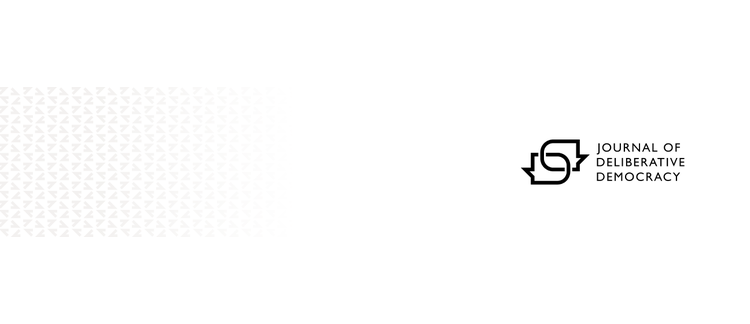Abstract
Participatory budgeting (PB) has expanded dramatically in the United States (US) from a pilot process in Chicago’s 49th ward in 2009 to over 50 processes in a dozen cities in 2015. Over this period, scholars, practitioners, and advocates have made two distinct but related claims about its impacts: that it can revitalize democracy and advance equity. In practice, however, achieving the latter has often proven challenging. Based on interviews with PB practitioners from across the US, we argue that an equity-driven model of PB is not simply about improving the quality of deliberation or reducing barriers to participation. While both of these factors are critically important, we identify three additional challenges: 1) Unclear Goals: how to clearly define and operationalize equity, 2) Participant Motivations: how to overcome the agendas of individual budget delegates, and 3) Limiting Structures: how to reconfigure the overarching budgetary and bureaucratic constraints that limit PB’s contribution to broader change. We suggest practical interventions for each of these challenges, including stronger political leadership, extending idea collection beyond the initial brainstorming phase, increasing opportunities for interaction between PB participants and their non-participating neighbors, expanding the scope of PB processes, and building stronger linkages between PB and other forms of political action.
Keywords
civil society, leadership, goals, equality, equity, participatory democracy, Participatory budgeting
How to Cite
Pape M. & Lerner J., (2016) “Budgeting for Equity: How Can Participatory Budgeting Advance Equity in the United States?”, Journal of Public Deliberation 12(2). doi: https://doi.org/10.16997/jdd.261
4098
Views
1088
Downloads
4
Citations
